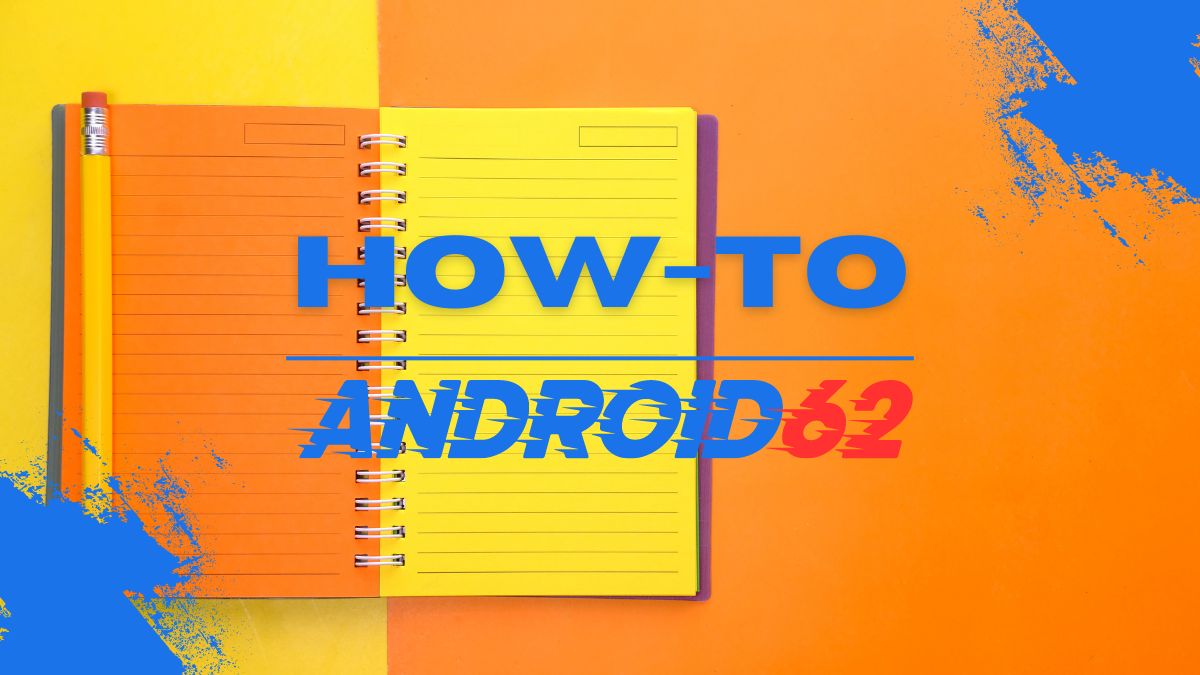
Google Slides is a powerful tool for creating presentations, whether for work, school, or personal use. One way to enhance your presentations is by embedding videos directly into your slides. This can help to make your presentations more engaging and dynamic, and provide additional context or information for your audience. In this article, we will walk you through the steps on how to embed video in Google Slides.
1. Find the Video You Want to Embed
Before you can embed a video in Google Slides, you need to have the video file or URL ready. Here are some popular sources where you can find videos to embed:
- YouTube
- Vimeo
- Google Drive
- Your computer’s local storage
Once you have identified the video you want to include in your presentation, you can proceed to the next steps.
2. Upload Your Video to Google Drive (Optional)
If your video is not already on Google Drive, you may want to consider uploading it there. This can help ensure that your video remains accessible and doesn’t get lost if the original source is removed or updated. To upload a video to Google Drive:
- Go to drive.google.com and sign in to your Google account.
- Click the “New” button and select “File upload.”
- Select the video file from your computer and upload it to Google Drive.
After the video is uploaded, you can get the link to the video file to embed it in Google Slides.
3. Insert Video into Google Slides
Now that you have your video file or link ready, you can embed it into your Google Slides presentation.
- Open your Google Slides presentation where you want to insert the video.
- Click on the slide where you want to add the video.
- Go to the “Insert” menu at the top of the screen and select “Video.”
- If your video is on Google Drive, select “Google Drive” and choose the video file from your drive.
- If your video is from a URL, select “By URL” and paste the video URL into the box.
- Click “Select” to insert the video into your slide.
Once the video is embedded, you can resize and reposition it on the slide as needed.
4. Adjust Video Playback Settings
Google Slides allows you to customize the playback settings of your embedded video. Some of the options you can adjust include:
- Autoplay: Choose whether the video should start playing automatically when the slide is displayed.
- Mute: Decide if the video should play with sound or be muted by default.
- Start and End Time: Set specific start and end times for the video to play only a portion of the video.
- Loop: Enable looping so the video plays continuously.
These settings can help you control how the video interacts with your presentation and ensure a seamless viewing experience for your audience.
5. Preview and Test the Video
Before presenting your slideshow to an audience, it’s important to preview and test the video to make sure everything looks and works as expected. Here are some things to check:
- Play the slideshow: Go through your presentation from start to finish to ensure the video plays correctly.
- Check audio: Make sure the audio is working properly and is at the right volume.
- Transition: Verify that the transition from slide to slide with the video is smooth.
By testing your video beforehand, you can avoid any technical issues during your actual presentation.
6. Share Your Presentation
Once you have embedded your video and tested it, you are ready to share your Google Slides presentation with others. Here are some ways you can share your presentation:
- Shareable link: Generate a shareable link that allows others to view your presentation.
- Email: Send the presentation directly via email to specific recipients.
- Embed in a website: Embed the presentation on a website or blog for a wider audience.
By sharing your presentation, you can showcase your work and engage with your audience in a more interactive way.
Conclusion
Embedding video in Google Slides can take your presentations to the next level by making them more engaging and informative. By following the steps outlined in this article, you can easily incorporate videos into your slides and enhance your storytelling. Remember to test your videos before presenting and share your work with others to get feedback and engage with your audience.
With these tips and tricks, you’ll be able to create dynamic and compelling presentations that leave a lasting impression on your audience.



